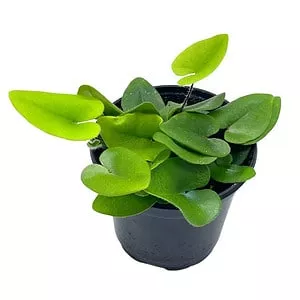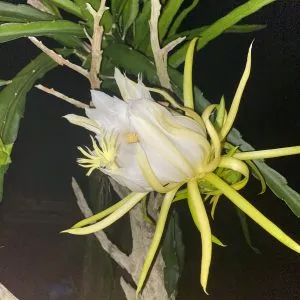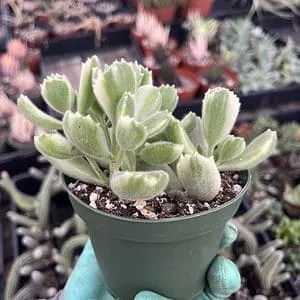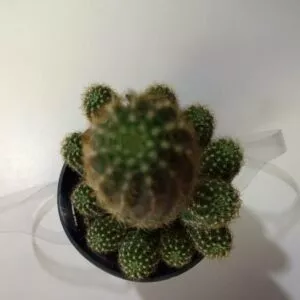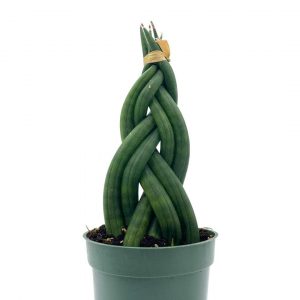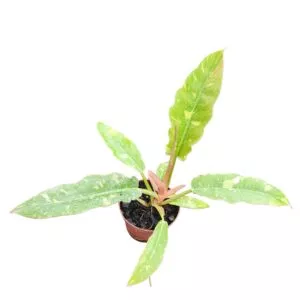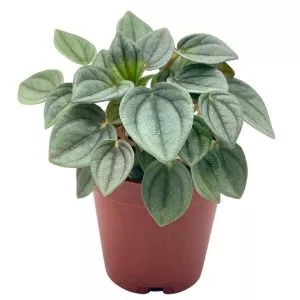No products in the cart.
Table of Contents
The lilac is an easy-growing outdoor plant if you do not have the time to garden. The most common flowering tree is Syringa vulgaris, a flowering shrub that grows in the USDA hardiness zones three through nine.
It is a vigorous plant needing little care. But your lilacs require a well-balanced feed. So today, we will help you with fertilizing lilacs to provide them with all the nutrients it needs to keep thriving in your garden.
History Lesson on The Lilac Bush

Lilac plants have come a long way from Greek mythology. According to the Greeks, the forest god Pan was in love with Syringa, a nymph. Pan pursued her through the forest, and as she was afraid, she turned herself into a lilac bush.
Pan could not find her, but he did find the lilac tree, and as it had hollow reeds, he cut them off and created the first-ever panpipe. Now that you know where the name Syringa vulgaris comes from, which means pipe or ‘syrinks.’
The name lilac comes from the Spanish, French, and Arabic words known as ‘lilak,’ referring to the flower’s purple color. Still, through the ages, these beautiful plants came from Southeastern Europe and were very popular in the Mediterranean culture.
The people associate the lilac shrubs with Easter as it is in bloom. Yet, the Celtics regarded the plant as magical, while the flower reminded people of an old love in the Victorian Age. Still, the Russians believed when you hold a lilac twig over a newborn, will bring them wisdom.
And as you know, in New Hampshire United States, it is an official flower representing the hardy nature of the people. Another interesting fact is that you find lilacs bloom in different colors, and each shade represents symbolism.
For white, it is purity, while violet is spiritual, and having a blue one provides happiness. The magenta is love and passion, while purple symbolizes your first love. The best part is no matter which one you have in your garden. You still need to provide them with suitable feed to flourish.
In stock In stock In stock Only 1 left in stock
$14.99
Sold By:
BubbleBlooms
Heart Fern, Hemionitis Arifolia, 4 inch pot, Heart Leaf, Tongue Fern
Rated 4.81 out of 5 based on 279 customer ratings00
Sold By:
BubbleBlooms
Free Shipping
$75.99
Sold By:
Cacti and Exotica
Ferocactus emoryi | Fishhook Barrel Cactus | 6″ Pot
Rated 4.98 out of 5 based on 59 customer ratings00
Sold By:
Cacti and Exotica
$25.00
Sold By:
That Wild Yard
Rare Plumeria, Madame Poni, 15+ in cutting
Sold By:
That Wild Yard
$11.99
Sold By:
Succulent Oasis
Medium Balloon Cactus – A spherical golden spined cactus!
Rated 4.84 out of 5 based on 352 customer ratings01
Sold By:
Succulent Oasis
Lilac Fertilizer: When to Feed Your Plant
The fantastic thing is you only need to feed your lilac plants after the 2nd year of planting. When you do this, it helps with flower production and is best done in early spring.
The important thing is to use a balanced fertilizer as using anything else can lead to heavy blooms and excessive foliage. So, feed your lilac bushes during their active growth.
How To Fertilize Lilac Bushes

Your plant is low maintenance and grows well in cool summers. Yet, when grown in hot, humid weather, you may find powdery mildew forming on the leaves.
So the best is to provide your plant with low humidity to thrive. The good news is your plant does not need much organic feeding or fertilizing. The best nutrition for lilacs is a feed high in phosphorus to promote flowering and low in nitrogen.
If you have too much nitrogen, it can lead to poor blooms. Still, if the ground is not fertile, it helps if you mix manure to improve fertility. You can also work in some bone meal as it provides your plant with more alkaline and natural plant food.
Using two tablespoons of Epsom salts mixed with a gallon of water once a month helps your lilac bush grow bushier. But remember, only feed your lilac after the first or second year of planting. After that, if the soil is full of organic matter, you need not use commercial feeds.
Still, if the ground needs fertilizing, a 5-10-10 ratio is perfect. Then, you can spread a cup of the food evenly around the roots and water it well. You will see your lilacs flourish with impressive blooms.
Best Lilac Fertilizers To Use In Early Spring
Now that we know when to fertilize lilacs, the next question is, what is the best fertilizer for lilac plants? Well, here at Plantly, we believe in going organic. So, yes, there is no need for artificial feeds, and it is environmentally friendly.
Cow Manure for Lilacs Bloom
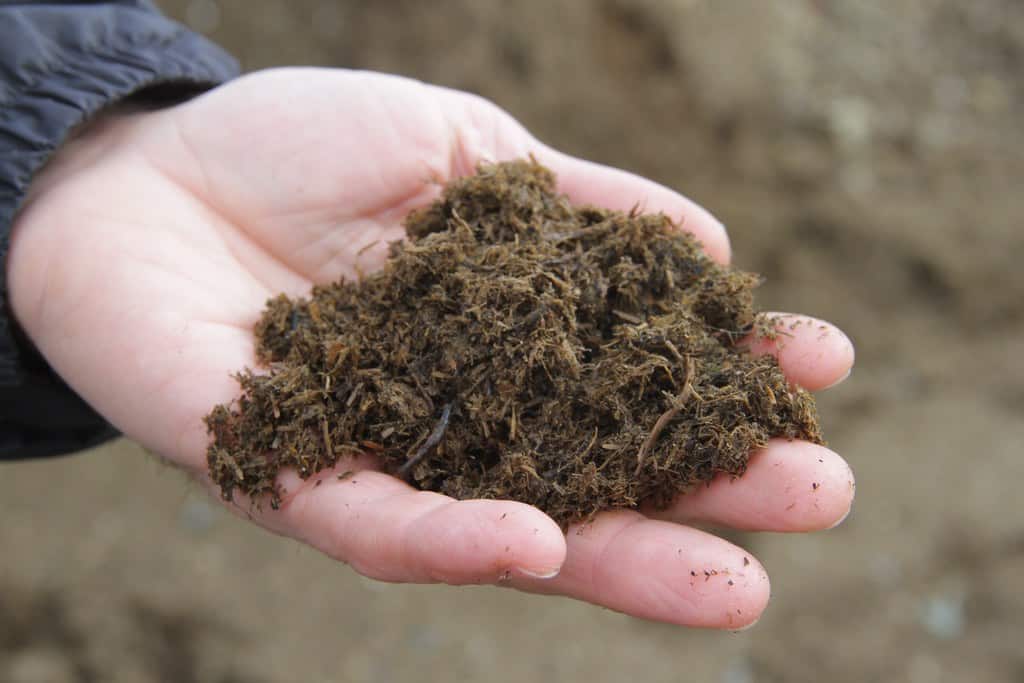
Did you know that cattle dung is an ideal plant fertilizer? The compost adds vital nutrients from phosphorus, nitrogen, potassium, magnesium, sulfur, and calcium to the ground.
It is a natural plant food that impacts the physical, biological, and chemical aspects. It helps to improve your lilac shrubs’ productivity making the soil rich in matter with outstanding water filtration.
It can even reduce sediment erosion and loss when incorporating it into the soil.
Use a Fertilizer Low in Nitrogen

Now, the best lilac fertilizer to use if the ground has loads of nitrogen is to use one that has low nitrogen or nothing in it. So, what lilac fertilizer should you use? In a low nitrogen feed, you will see a zero on the package, for example, 0-10-10.
So, a low number standing first on the box indicates how much nitrogen is in the feed.
In stock In stock In stock In stock
Free Shipping
$25.00
Sold By:
Osprey Nursery
Red Dragon Fruit Fresh Cuttings – 2 Per order
Rated 5.00 out of 5 based on 87 customer ratings02
Sold By:
Osprey Nursery
$9.99
Sold By:
Cacti and Exotica
Cactiandexotica | Cotyledon tomentosa variegated | Bear Paw
Rated 4.98 out of 5 based on 59 customer ratings00
Sold By:
Cacti and Exotica
$11.99
Sold By:
Succulent Oasis
Medium Chamaelobivia | Rose Quartz
Rated 4.84 out of 5 based on 352 customer ratings00
Sold By:
Succulent Oasis
$19.99
Sold By:
BubbleBlooms
Braided Snakeplant African Spear Plant, Cylindrical snake plant, spear sansevieria, twisted, braid sansevieria, big in 4 inch pot, large
Only 99 available and it’s in 2 people’s basket Rated 4.81 out of 5 based on 279 customer ratings04
Sold By:
BubbleBlooms
Using a High Phosphorus Feed

When the ground lacks phosphorus and the only way to know this is with a soil test, fertilizing lilacs needs a high phosphorus feed.
Phosphorus plays a vital part in converting nutrients into usable food for your flowering trees. It is the main ingredient in an NPK-listed fertilizer and the second number you find on the package.
Not only is it essential to produce flowers and bruit, but it helps promote healthy root development. You also find it in bone meal, and when combined with calcium, it creates calcium phosphate.
Bonemeal
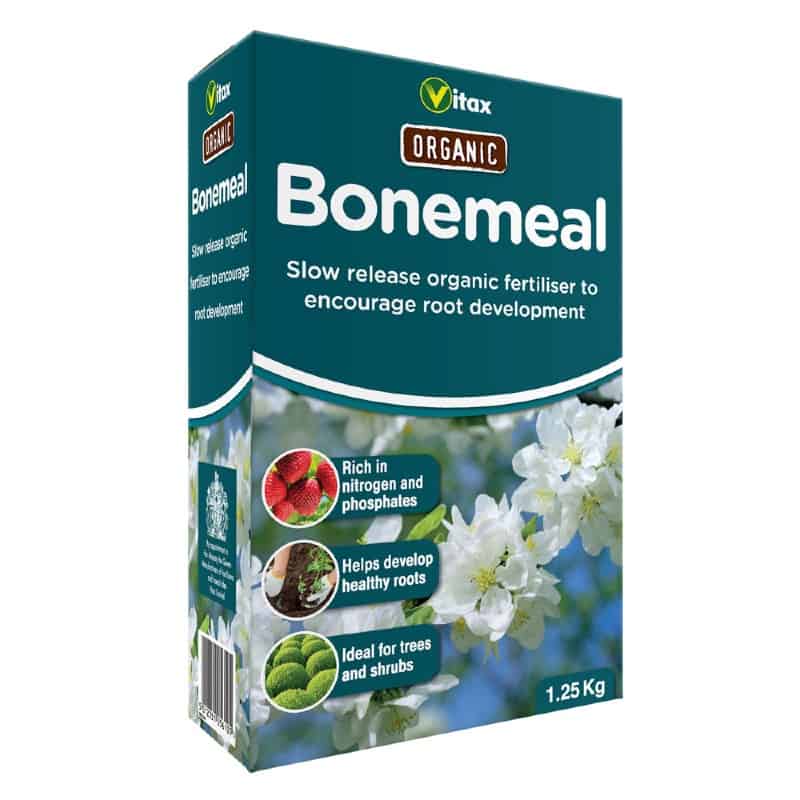
Bonemeal is in the form of powder you get from ground animal bones. Manufacturers steam it to make plant fertilizers. So, if your ground needs more alkaline, you can work in some of this lilac fertilizer to make sure your plant remains healthy.
Epsom Salt
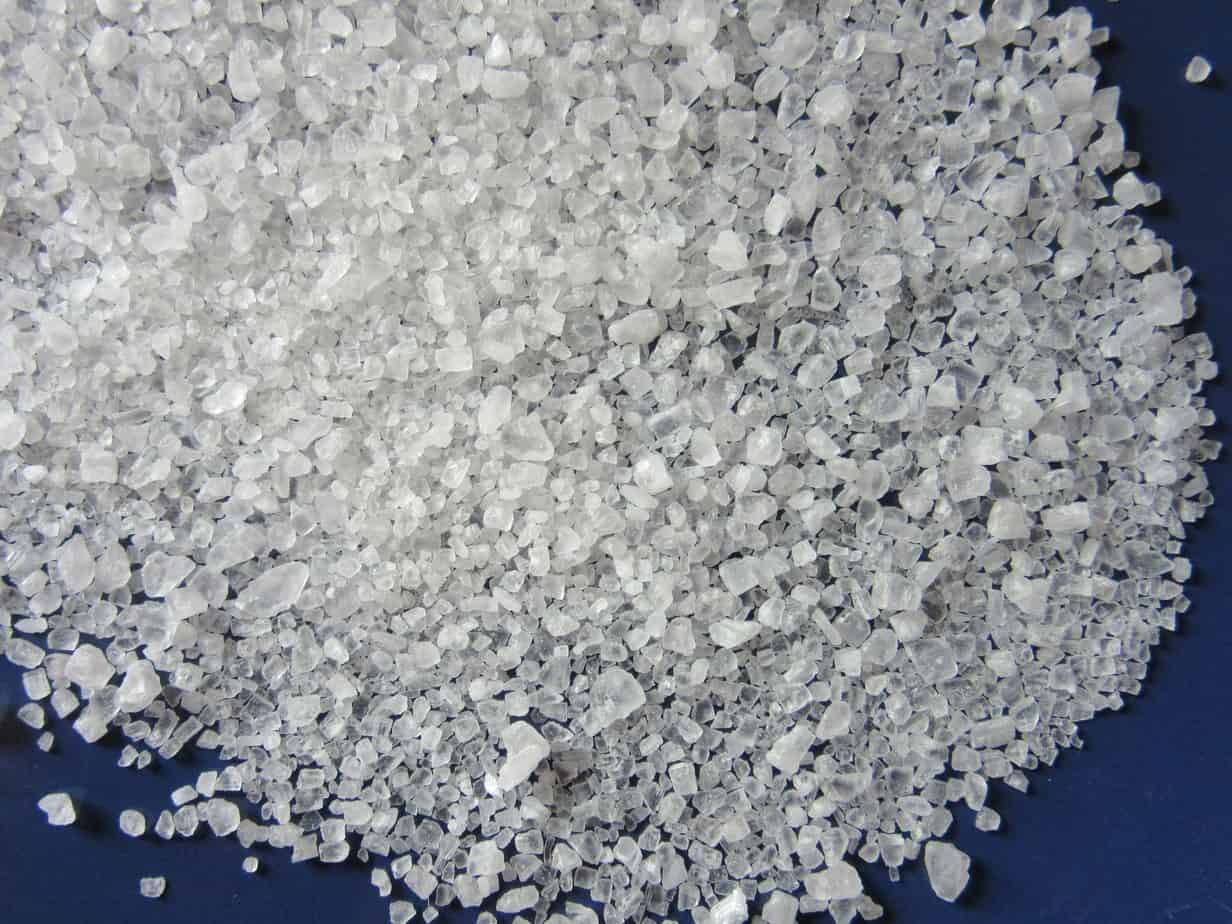
Using Epsom salt and sugar is a great way to speed up your indoor plant or lilac in the garden’s blooms. Epsom salts will also provide your lilac bush with bushier growth while increasing flowers and chlorophyll production. But, do not overfertilize your plant as it will not bloom.
Add Other Organic Matter
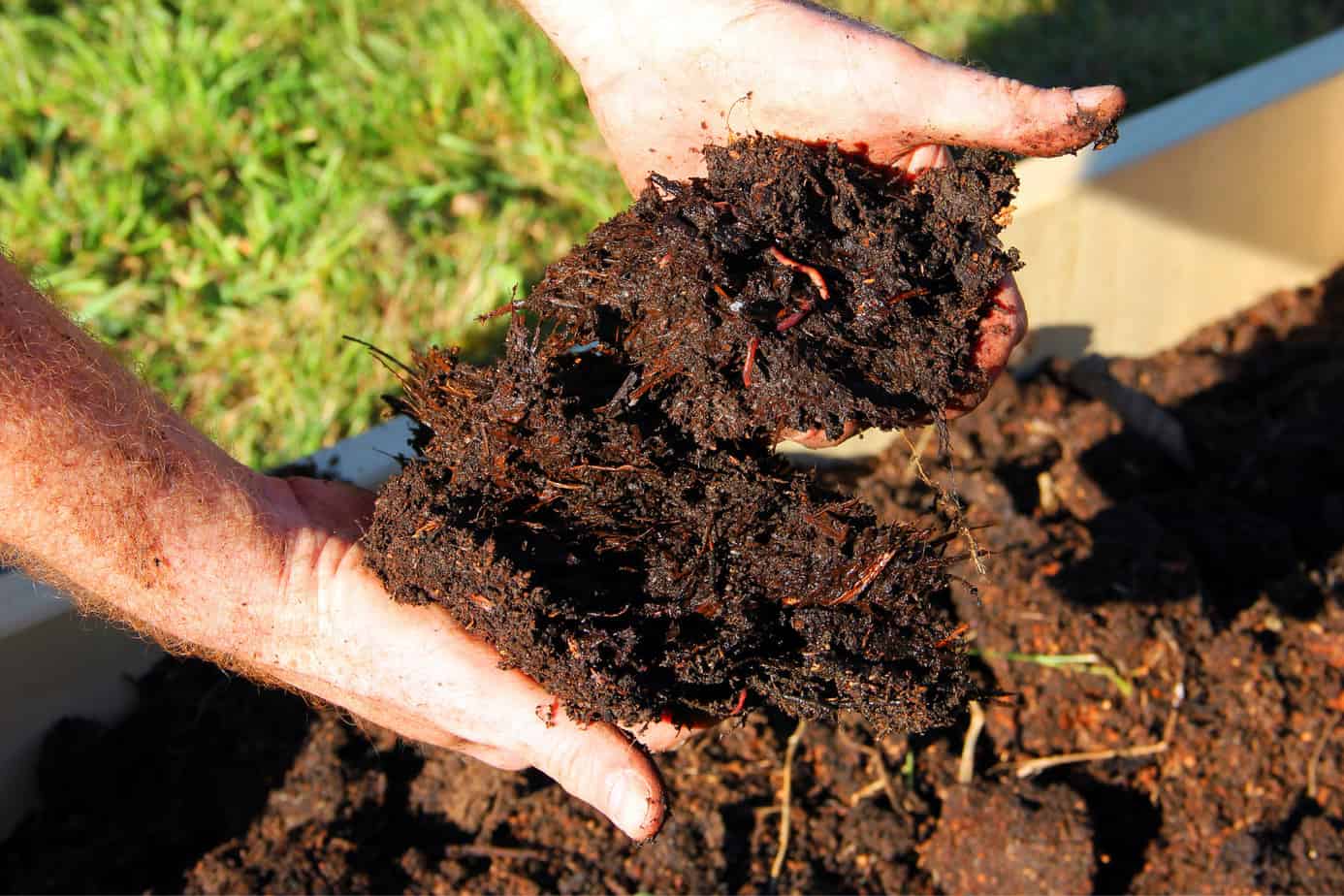
You can find various options available to create a safer environment when it comes to organic matter.
You find the plant fertilizer in fish emulsion, manure, bone meal, and compost. In addition, you can use grass clippings or coffee ground as it provides a good nitrogen source but use them sparingly.
For adding potassium, you can use banana peels as well.
Synthetic Fertilizers
Another excellent plant fertilizer for your lilac tree is using a synthetic one.
Miracle-Gro
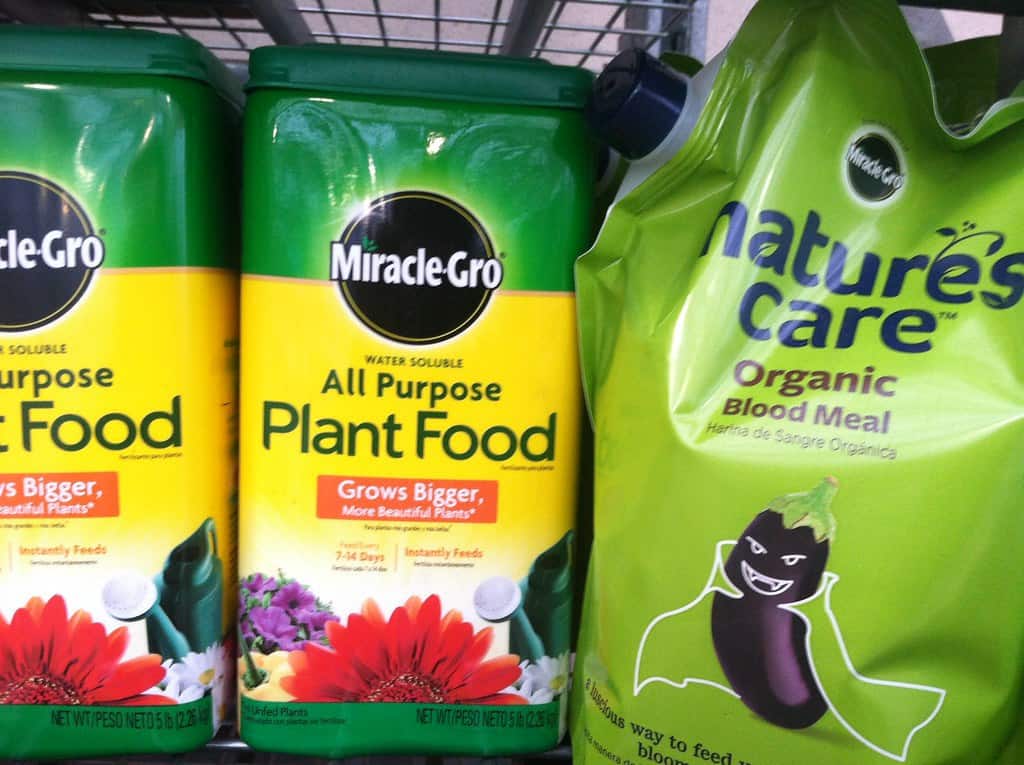
When fertilizing lilacs, you can use the Miracle-Gro Water Soluble All Purpose Plant Food. The fertilizer will not burn the foliage and is a great product. You can feed your lilac every 14 days while actively growing for the best results.
- For outdoor plants, you have two methods using the Miracle-Gro Garden Feeder, as it covers up to 500 square feet in 12 minutes to feed all your plants.
- You can also use it with a watering can by mixing one tablespoon with every gallon of water.
- If your lilac grows as an indoor plant, you only need to mix half a teaspoon per gallon of water every two weeks.
Leading Lilac Fertilizers
If you prefer something different, you can also provide your lilac plant with the following feeds:
BioAdvanced 701700B is an excellent option as it has a unique blend of nutrients to tackle infestations and helps your lilac grow. It is a versatile plant fertilizer to target pests and remains in the soil to keep your lilac healthy. Even when it rains, your plant absorbs it through the roots.
Scotts 200910 Evergreen Flowering Tree Food is suitable for your lilac plant as it thrives in acidic ground. Using it helps with robust root development and promotes blooming. It also has a perfect blend of organic nutrients.
Jobe’s 06105 Fertilizer Spikes comprise ammoniacal nitrogen of soluble potash and phosphate. Therefore, you need to apply the feed every eight weeks, not time-consuming.
In stock In stock In stock In stock
Free Shipping
$8.36 – $8.98
Sold By:
CZ Grain
Giant Maximillian Sunflower Seeds – Perennial Sunflower – Made in USA
Rated 4.60 out of 5 based on 156 customer ratings00
Sold By:
CZ Grain
Free Shipping
$7.99 – $14.29
Sold By:
CZ Grain
Cosmos Flower Seeds, Sensation Mix Color Seeds – Non-GMO Seeds – Ships from Iowa, USA
Rated 4.60 out of 5 based on 156 customer ratings00
Sold By:
CZ Grain
$40.00
Sold By:
PotHedz Plants
Philodendron Ring of Fire
Rated 4.96 out of 5 based on 106 customer ratings00
Sold By:
PotHedz Plants
Free Shipping
$18.00
Sold By:
Bay Urban Habitat
African flag aka Chasmanthe bicolor flower bulbs
Sold By:
Bay Urban Habitat
General Care Tips For Lilac

To help promote blooming and keep your lilac plant thriving, we have compiled a few care tips you can follow:
- Planting lilacs, they thrive in the humus-rich, well-drained soil. In addition, the lilac loves neutral to lime soil with a pH level near 7.0. If the earth you use does not have these nutrients, you can add some compost.
- Place your lilac in full sun for at least six hours to promote flowering. The Site also needs to drain well as they do not enjoy being with wet feet.
- The best time to plant your lilac is in early spring or fall after the leaves drop but before frost kicks in.
- Also, make sure to provide your lilac plant with enough space to grow about five to 15 feet apart.
- To prevent weeds from taking over your plant, you can apply compost around the base in spring at the drip line. Using mulch helps to retain moisture as well.
- Once your lilac completes its beautiful blooms, do occasional pruning to remove any dead wood for new growth.
Final Thought
While lilac plants grow mostly outdoors, you can find dwarf lilacs as indoor plants to place in the home. Providing your lilac with a feed promotes long-term vitality in living in neutral soil.
The important thing is to make sure the soil remains slightly alkaline as lilacs grow well in it. Using something like fireplace ash in well-draining soil with occasional pruning helps. Even a specially formulated feed makes sure that your common lilac is free from pests and diseases.
With a slow-release nitrogen feed, your growing lilacs will provide you with gorgeous blooms.
Whether you want to buy, sell, or simply reach out to other plant enthusiasts, Plantly is the right place to be!
-
$10.00Sold By: Smoot's Farm
Only 1 left in stock
Echeveria Topsy Turvy Runyonii Succulent 4″ Pot Live Plant
Rated 4.89 out of 5 based on 27 customer ratings00Sold By: Smoot's Farm -
Free Shipping$24.95 – $29.95Sold By: A&K Plants
In stock
Lively Philodendron Neon | Easy-care Epiphytic Vine | Vibrant Foliage | 4-inch pot
Only 4 available and it’s in 1 people’s basketRated 4.95 out of 5 based on 66 customer ratings00Sold By: A&K Plants -
$30.00Sold By: Southern Oak Exotics
In stock
Chlorospatha Species Ex Ecuador
Sold By: Southern Oak Exotics -
$6.99Sold By: BubbleBlooms
In stock
Green Ripple Peperomia Frost
Only 97 available and it’s in 1 people’s basketRated 4.81 out of 5 based on 279 customer ratings00Sold By: BubbleBlooms
